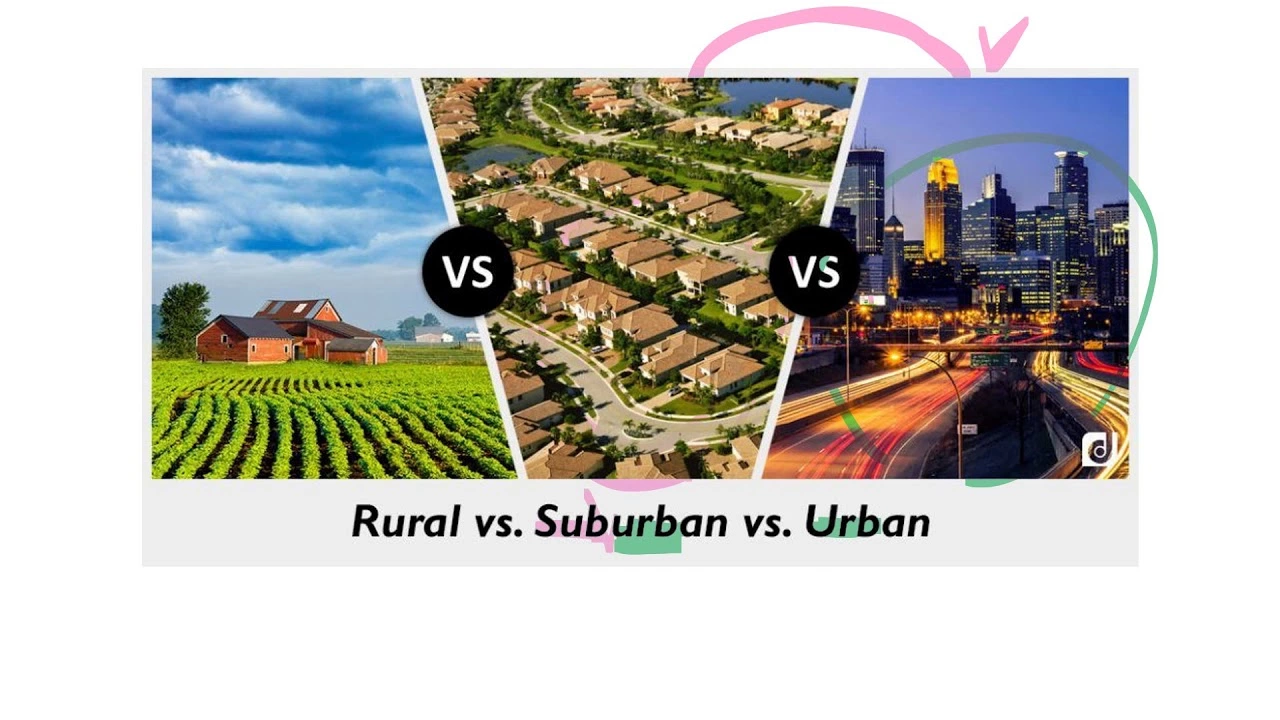How is life in India like compared to developed countries?
 Jul, 29 2023
Jul, 29 2023
A Density of Culture and Traditions
People who hail from or visit developed countries often marvel at the cultural richness that India possesses. Vibrant colors, delightful cuisine, extravagant celebrations, and age-old traditions shape India's every corner. In contrast, many developed nations arguably lack this level of cultural density, with homogenization often being the norm. As somebody who has lived in India for a significant part of their life, this cultural diversity is what I am accustomed to.
Grant you, it might initially seem overwhelming to some, but it's this very vibrancy and diversity that make India unique. While in cities like New York or Paris you might be treated to a world-class opera or a Broadway musical, in India, you'd get to experience folk dances from a range of different cultures - Bharatanatyam from the South, Kathak from the North, Garba from the West, and Bihu from the East - each narrating a story that's millennia old.
The Chaos of Indian Streets
One cannot speak about life in India without mentioning the chaos that reigns supreme on its streets. From a horde of vehicles honking their way through traffic, street vendors passionately selling their goods, to cows indifferently moseying down the middle of the road, the Indian streets offer a stark contrast to the orderliness found in developed nations.
But it's not merely chaos for chaos's sake – there's a rhythm to it, an illogical logic that somehow makes it all work. It's almost like a large, complex, and beautifully choreographed dance that everyone has come to accept and participate in. Given its intensity, the street life in India can initially give you quite a jolt. Still, once you acclimate to its pace, there's a sort of beauty you begin to see in its raw, unabashed liveliness.
Living with History Around The Corner
India is ancient and carries layers of history within its borders. Appropriately said, every stone in India has a story to recount. You'll find millennia-old temples, cultural sites, and structures bearing testimony to historical events scattered across the country. It's like living in a museum, an open-source history lesson, if you will.
In contrast, in most developed nations, there are very limited locations that have preserved their history. The structures and sites that exist often become 'exclusive' tourist spots that people visit as a change of routine. Lachlan, my son, shares my love for history. I remember him being fascinated with the tales of Rajputs and Mughals alike when we visited Chittorgarh Fort - an experience that was deeply educational as much as it was fun.
The Contraption called Indian Economy
The story of India's economy is like a Bollywood drama - full of plot twists and unexpected turns. The country has a mixed economy, housing both world-leading IT companies and small rural industries surviving on traditional techniques. Inversely, developed countries often showcase a streamlined economy, one that follows a set path and with a clear focus on global competition.
You might see a space research center on one side of an Indian city and slum areas on the other – offering a bewildering contradiction to a first-time visitor. In many ways, the country embodies the aphorism that opposites co-exist. It is this coexistence that defines India's charm and character – the juxtaposition of progress and tradition refusing to be siloed into one category.
Education: A Mixed Bag in India
India's education system is vast, and much like its economy, offers a range of options from recognized globally competitive institutions to small rural schools that struggle with lack of resources. However, the hunger for education is palpable. The children and parents regard education as a primary means of climbing up the social and economic ladder.
Contrarily, developed nations have established and streamlined education systems emphasizing creative thought and innovation. On reflection, I often wonder how my life would have turned out if I had studied in an atmosphere of such freedom and creativity. Then again, having navigated the rigid hierarchies of Indian education, I've cultivated resilience, a trait that has played an instrumental role in my blogging journey.
Embracing The Chaos: An Indian Way of Life
To sum up, life in India is like a roller-coaster ride - thrilling, chaotic, and unpredictable. In many ways, it is this unpredictability that drives the resilience and adaptability of the Indian people. While on the surface, life may seem spontaneous and chaotic, Indians tend to find a way to weave structure and sense into it.
Compared to a developed country, you may find the amenities less, the population more, the traffic unbearable, yet the people warm, the food delicious, the experiences enriching - in both its simplicity and complexity, India bewitches. Here, life isn't merely lived; it's experienced, celebrated, cherished. Every day in India offers a surprise, a learning, a moment of reflection – making life not just about surviving but thriving within organized chaos. Life in India, my dear reader, is quite the adventure - I wouldn't have it any other way.